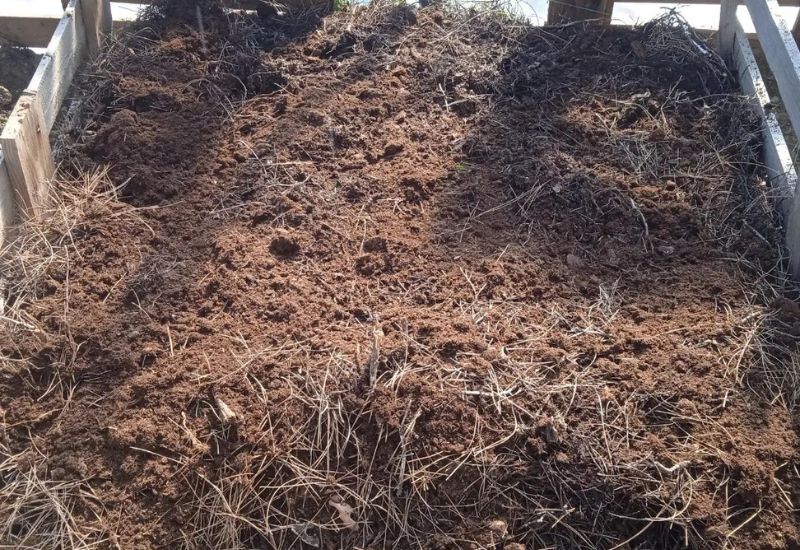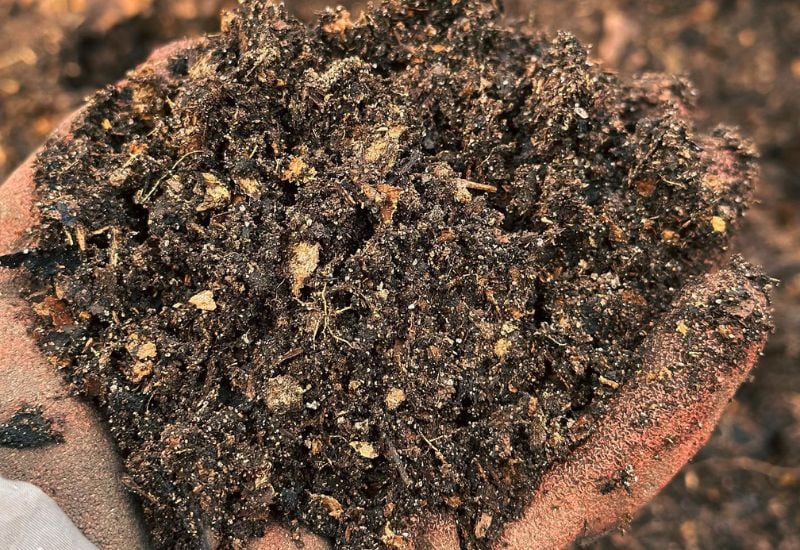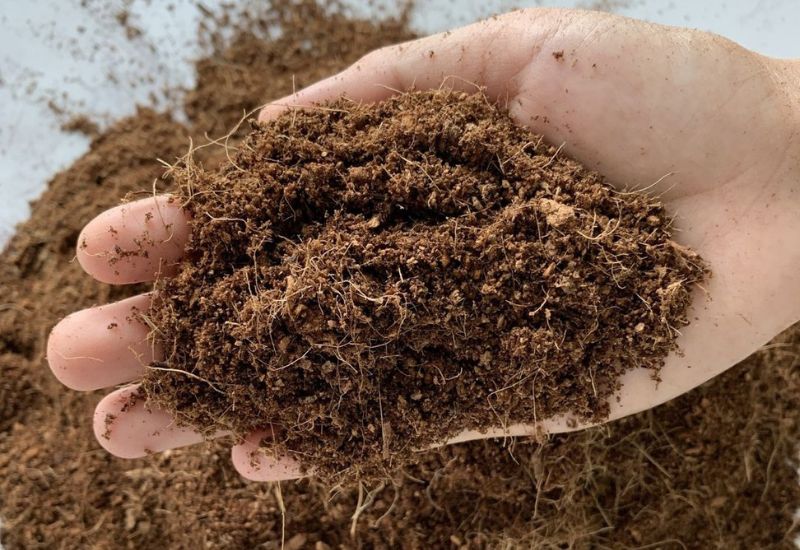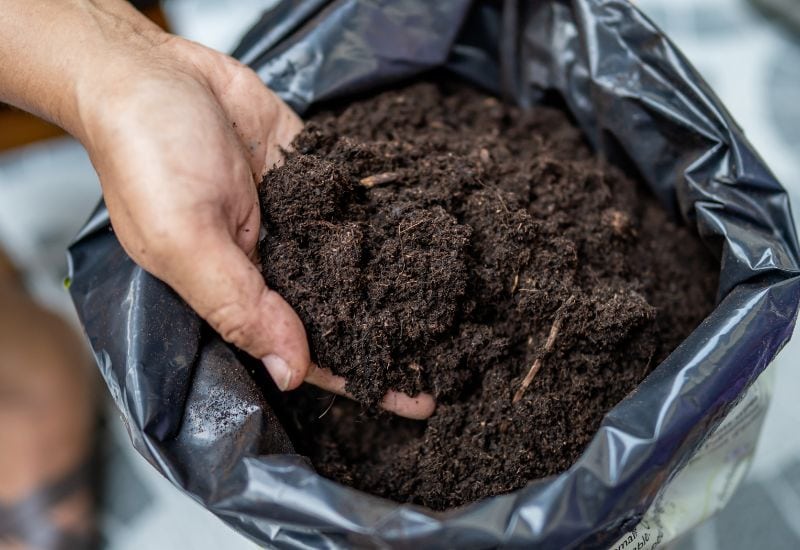
Peat moss is a commonly purchased garden amendment used to improve the structure and drainage of soils. It has a spongy texture that makes any soil mix significantly lighter and fluffier and can absorb and store enormous volumes of water, making the soils it is added to more resilient to dry conditions or inconsistent moisture.
However, peat moss is a nonrenewable resource that is extracted from peat bogs, a unique type of ecosystem that has been damaged by peat extraction over the years. So what are some alternatives to this tricky soil amendment? Read on to find out.
The Problem with Peat Moss: Why Sustainable Gardeners are Saying Goodbye
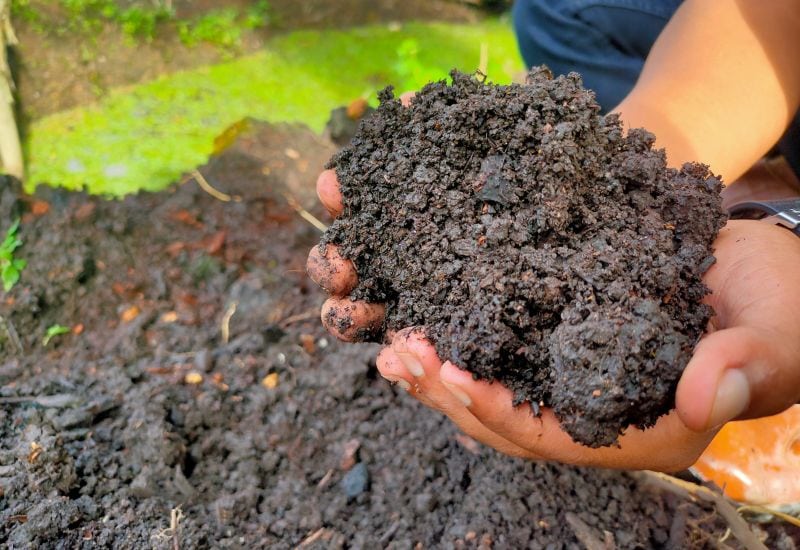
Before we dive into all the alternatives, it is important to understand what peat moss is and why it has become a problematic garden product. Peat is a unique material formed from plant matter that has been left to decay underwater in a bog for years.
Peat moss is peat that has formed from the decayed sphagnum moss plant, giving it a unique texture. Wetlands, bogs, and marshes are all common sources of peat, but they also happen to be home to a rich diversity of plant and animal species that depend on the environment to survive.
Peat extraction is a fossil fuel intensive process that fragments the wetland landscape and can have serious ecological consequences.
Even when amounts are extracted that are considered to be below the threshold for regeneration, they leave all bordering edges of peat exposed to oxygen, which also reduces their ability to store carbon.
The intensive nature of peat moss extraction doesn’t make it a sustainable source of gardening material, and many are switching to alternatives that provide the same general services without requiring pollution and environmental destruction to source.
Additionally, peat moss is known to be quite acidic with a pH of around 3.5 -4 and is not particularly nutrient-dense, which may be another reason to consider alternatives.
4 Best Sustainable Peat Moss Alternatives for Your Garden
Since many gardeners are already dependent or reliant on peat moss to add structure and moisture retention to their soil, you might be wondering what you can use instead. We’ve compiled a list of the best alternatives to peat moss, most of which are significantly cheaper, naturally sourced, and more sustainable.
Wood chips or pine needles
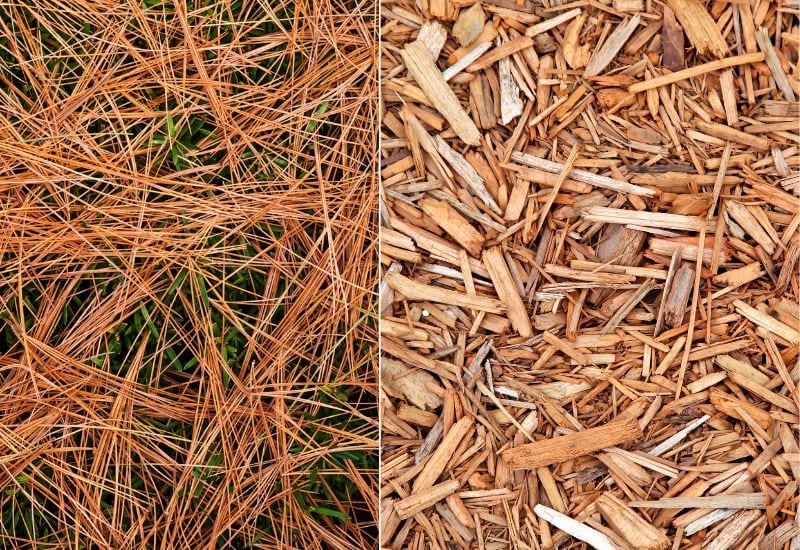
Wood fibre and chips are good additions for improving water retention and aeration in the soil, and they also contribute organic matter that will break down over time. Wood chips are often used as mulches but they can also be mixed into potting soil when shredded into small pieces, making any soil mix lighter and fluffier.
Pine needles are another tree-borne alternative that will greatly improve drainage and soil structure with their robust shape that won’t be easily compressed or trodden down, keeping the soil light for a long time. However, they don’t do much for water retention or nutrition so additional amendments may need to be made for that purpose.
Both wood chips and pine needles are good alternatives for peat moss and fulfill several of the same properties, but the best part is that they are a renewable and easily accessible resource.
Wood chips are usually made from scrap wood which means you are making use of an otherwise wasted resource and you can usually get them for cheap or free.
Just be careful to make sure the wood hasn’t been treated with chemicals or glue, which would not be good additions to your soil. Similarly, pine needles are easy to source and if you have an evergreen tree in your backyard you can collect them yourself whenever they shed!
Compost or well-rotted manure
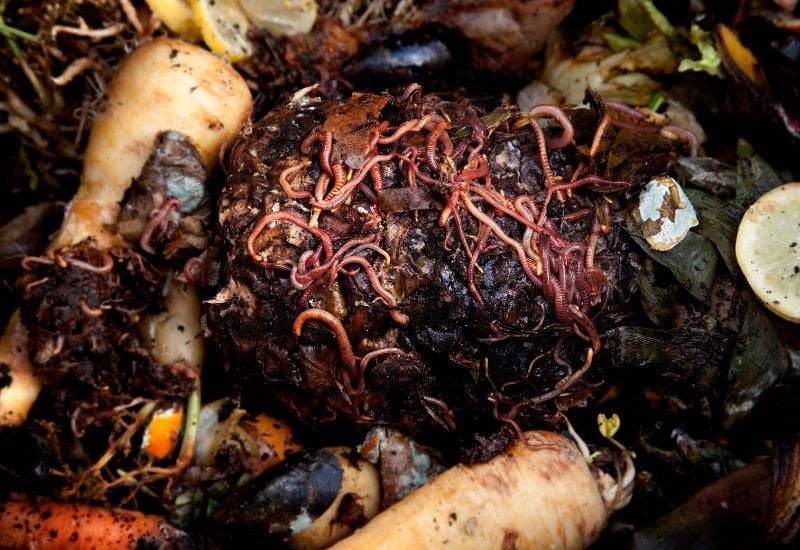
Compost is a great addition to your soil in pretty much every scenario and it naturally fulfills many of the same functions as peat moss. Compost can take many forms but is essentially broken down food and plant matter and is a rich source of organic matter that is pure gold for gardeners.
Organic matter greatly improves soil structure and water retention capabilities because it helps soil clump up in a process called soil aggregation that makes the soil more porous and sponge-like.
Compost is an especially great alternative because it is an actively regenerative additive to landscapes that decreases food waste and contributes to a closed-loop system, and it’s free to make yourself!
Making your own compost also means that you know 100% of the ingredients and can create the perfect balance of carbon and nitrogen that is best suited for your particular soils.
Well-rotted or composted manure fulfills the same functionalities as compost and also tends to have high levels of nitrogen and is a great addition to soils where nitrogen has been depleted or you are planning to plant heavy feeding plants.
Be careful not to add too much manure or use it as your sole method for improving soil structure as you may run the risk of nutrient overloading.
Leaf mold
Leaf mold is basically decomposed leaf matter and fallen foliage that has become semi-composted. When mixed into your soil it provides a similar function as peat moss wherein the leaf matter becomes highly absorbent and will improve water retention in your soil without becoming soggy.
It has many of the same traits as compost, since the leaves are partially composted, but does not have the same nutritional value or microbial diversity but also takes less time and work to make.
It is another alternative that is essentially free, as long as you have some deciduous trees on your property, and all you need to do is leave your piles of raked leaves from the autumn in a corner of your garden and they will be ready for use in the spring.
Leaves decompose quite quickly and they will only improve water retention in your soil before they become totally composted, so they need to be replaced frequently.
You also should be aware of what types of leaves you are collecting for leaf mold and how they will affect your soil balance, since many can be quite acidic once broken down.
Coco Coir
Coco coir is probably the most famous and popular alternative to peat moss, and is made from the fibrous material between the coconut shell and seed. It is harvested as a byproduct from the agricultural industry, reducing industry wastage, and since it grows on trees is considered a renewable resource.
The texture of coco coir provides almost identical benefits to peat moss, as it is highly absorbent but keeps the soil very aerated so that roots have good access to oxygen and moisture.
It takes a long time to decompose and break down, making it a very desirable amendment for gardeners who want to avoid having to constantly replace soil additions to maintain good structure, drainage, and moisture retention, and it also has a neutral pH of around 5.8 – 6.8 which is ideal for most plants to grow in.
This factor actually places it above peat moss which is generally quite acidic and often needs to be combined with additions of lime or a similar mineral so that the soil doesn’t become inhospitable to crop growth.
Although coco coir may seem like the perfect alternative to peat moss, keep in mind that there are some drawbacks to this soil amendment.
Even though it is a renewable resource, most coco coir is produced in India or Sri Lanka and the processing, packaging, and shipping are often fossil fuel intensive.
For gardeners in Europe or North America, coco coir has to travel very far to get to your garden, so it’s definitely worth trying out more local and homemade alternatives before you buy bundles of coir.
The processing of coco coir can also involve chemicals and additives that you may not want in your garden, so if you do choose to purchase it make sure it is from a reputable, sustainable source.
Pick the right alternative for your needs
So there you have it, a whole sleuth of peat moss alternatives to choose from! As you will have noticed, each one has its own specific advantages and disadvantages concerning nutritional value, pH, and biodegradability, so make sure to choose the right one for your specific garden and needs.
Even if you aren’t a fan of constantly having to add new additions to your soil, keep in mind that soil is something that needs to be built and maintained in order to grow nutritious crops and healthy plants, and constant additions of organic matter and responsible practices will create a better soil structure over time- just have a little patience.

Written By
Amber Noyes
Amber Noyes was born and raised in a suburban California town, San Mateo. She holds a master’s degree in horticulture from the University of California as well as a BS in Biology from the University of San Francisco. With experience working on an organic farm, water conservation research, farmers’ markets, and plant nursery, she understands what makes plants thrive and how we can better understand the connection between microclimate and plant health. When she’s not on the land, Amber loves informing people of new ideas/things related to gardening, especially organic gardening, houseplants, and growing plants in a small space.

